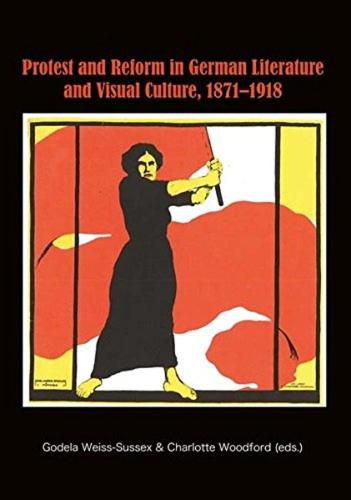Readings Newsletter
Become a Readings Member to make your shopping experience even easier.
Sign in or sign up for free!
You’re not far away from qualifying for FREE standard shipping within Australia
You’ve qualified for FREE standard shipping within Australia
The cart is loading…






Around 1900, progressive responses to the bourgeois conservatism of the nineteenth century coexist with anti-modern capitalism and industrialization. Both give rise to protests against the status quo and generate a plethora of demands for cultural and social reform, in which elements of ‘radicalism’ and ‘traditionalism’ are often hard to separate. Exploring the concepts of modernity championed in the modernist avant-garde as well as in less formally experimental guises, the essays collected here provide insights into the artistic expressions of protest discourses of the era and into the imaginative constructions of alternative social worlds. The chapters cover a wide range of topics, from the programmatic visions of artists’ colonies to Expressionist poetry, and from women’s fiction to Dada. However, all the analyses collected here focus on the relationship between socio-political concerns and the aesthetic strategies employed in the literature of protest. As a collection, they allow a better understanding of the plurality of possibilities of artistic engagement in the late Kaiserreich.
$9.00 standard shipping within Australia
FREE standard shipping within Australia for orders over $100.00
Express & International shipping calculated at checkout
Around 1900, progressive responses to the bourgeois conservatism of the nineteenth century coexist with anti-modern capitalism and industrialization. Both give rise to protests against the status quo and generate a plethora of demands for cultural and social reform, in which elements of ‘radicalism’ and ‘traditionalism’ are often hard to separate. Exploring the concepts of modernity championed in the modernist avant-garde as well as in less formally experimental guises, the essays collected here provide insights into the artistic expressions of protest discourses of the era and into the imaginative constructions of alternative social worlds. The chapters cover a wide range of topics, from the programmatic visions of artists’ colonies to Expressionist poetry, and from women’s fiction to Dada. However, all the analyses collected here focus on the relationship between socio-political concerns and the aesthetic strategies employed in the literature of protest. As a collection, they allow a better understanding of the plurality of possibilities of artistic engagement in the late Kaiserreich.